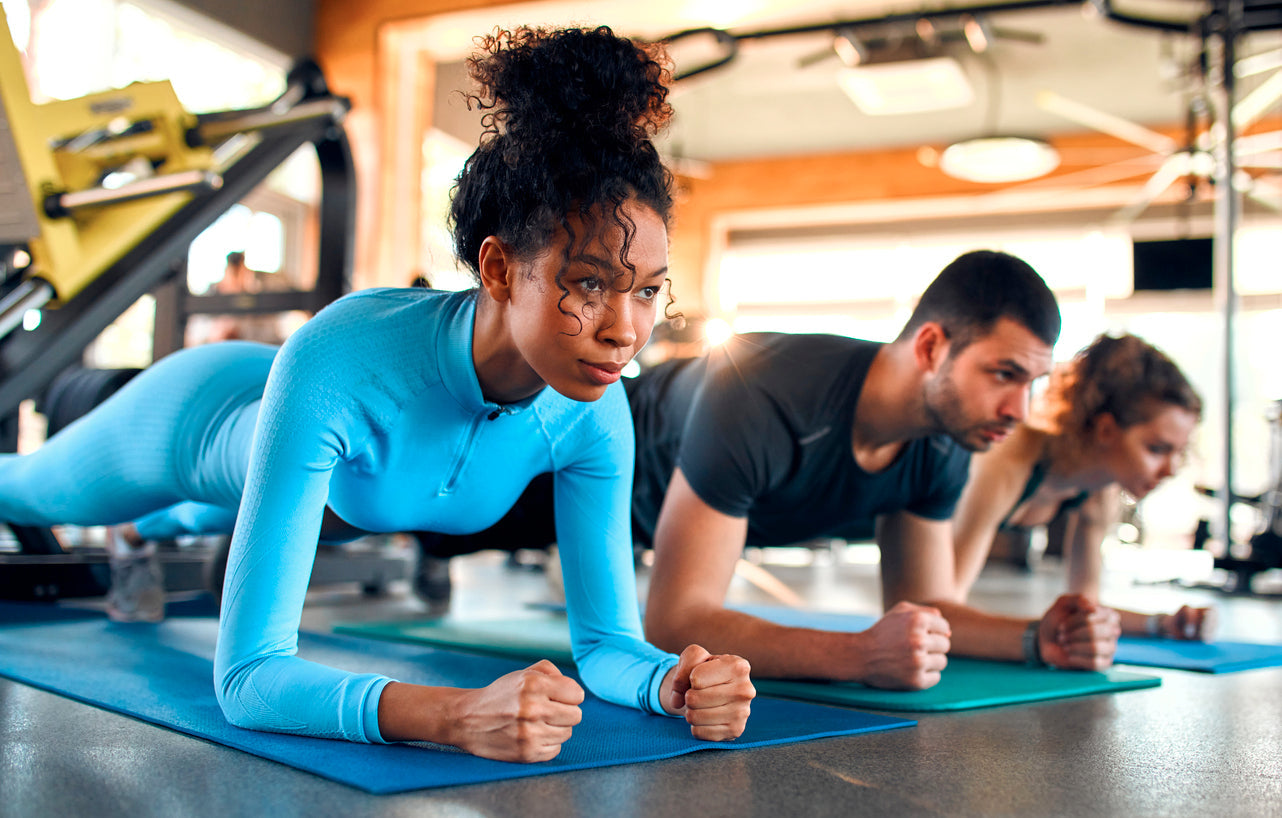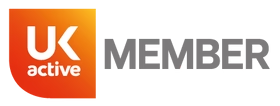Resistance training is a popular form of exercise, providing a number of benefits as well as increasing muscular strength and endurance. We spoke to Personal Trainer and Study Active Assessor Heather Walker to get her advice on how to approach resistance training and to give us a handy break-down of the different types and how best to utilise them.
IMPORTANT: The ideas in this article are the views of the interviewee and are intended purely for information only – they are not intended as bespoke exercise advice. Please do not start an exercise programme until you have completed a PAR-Q and if necessary, received medical clearance. Always warm up and cool down and never do any exercise that you are unsure of without the support of a qualified professional.
What are the benefits of resistance training?
There are many benefits to resistance training, with the most common benefit being that it increases strength and muscle mass. However, there are many other benefits as well such as –
- improving posture
- improving resting metabolism (ability to burn calories)
- improving motor fitness (for example coordination, balance, and power)
- maintaining bone strength and density, which can help reduce the risk of osteoporosis in old age.
For those interested in expanding their knowledge of resistance training techniques, Active IQ provides certifications and courses designed for fitness professionals.
What would you recommend as a starting point for resistance training for beginners?
As a beginner it is best to start with a low intensity and gradually build up. This means you should begin using light weights to gently ease yourself in and allow the body to adapt to a new way of training. Using light weights will also allow you to learn the correct movement pattern for exercises, which will reduce the risk of injury. You should also start with a moderate rep range so as to not overdo things. A good place to start might be 2 sets of 12 reps at 67%1RM.
Would strength resistance training be of benefit for weight loss?
Any type of exercise is beneficial for weight loss, as all exercise will help burn calories. Resistance training will also increase your resting metabolism rate, meaning that you will burn more calories when at rest. Resistance training also causes calories to continue to be burnt in the hours following a training session, which means that resistance training is a great way to lose weight!
What different exercises would you recommend for the following and what different benefits they might give?
- Variable resistance training – this is where the intensity is altered throughout the range of motion, commonly done using resistance bands. The idea here is you apply more resistance to the stronger part of the movement. For example, a banded deadlift where the bands are providing the most resistance at the top of the deadlift.
- Progressive resistance training – this is where the intensity progressively increases each week (also sometimes referred to as progressive overload). This is beneficial for increasing strength as you are continually increasing the demands on the muscles, challenging them to work harder.
- Bodyweight resistance training – this is resistance training done using bodyweight exercises, for example bodyweight squats, press ups, planks. There are a number of benefits here. For example, a bodyweight squat could teach a client the correct movement pattern before you add weight. They can also be more friendly on the joints for people with joint and mobility issues.
- Metabolic resistance training – this type of training aims to maximise the amount of calories burnt and increase metabolism, and is done using compound movements for short periods. Some examples of metabolic training are HIIT training, Metafit, and Insanity.
To get certified in resistance training and other fitness techniques, YMCA Awards offers a range of courses for personal trainers to boost their expertise.
What should you keep in mind when devising a resistance workout? What might a resistance training program look like?
This will depend on your goals and what you want to achieve. If you are looking to lose weight or increase your endurance, then you should be doing a full body resistance workout using muscular endurance guidelines, which are 2-3 sets of 12+ reps at 67%1RM or lower.
If you want to increase muscle mass, then you should be using hypertrophy ranges of 3-6 sets pf 6-12 reps at 67-85%1RM.
If you want to build strength, then you should be using strength ranges, which are 2-6 sets of 1-6 reps at 85%1RM or higher.
All training sessions should start with a warm-up involving 3-5 minutes of CV and some dynamic stretches. These stretches should target the body parts that you will be working. The exercises chosen for the main part of the session will vary depending on your goals.
Muscular endurance workouts should include full body resistance exercises and thus include some lower body exercises and upper body exercises, finishing with some core exercises.
For anyone looking to increase muscle mass or strength, sessions are usually split to allow you to focus on one area at a time, for example legs for one session during a week, back on a second session, chest on a third session. It is important to ensure that all muscle groups are worked equally though to promote muscle balance.
Training sessions should finish with some cool down CV to allow the heart rate to slow down to its pre-exercise pace, followed by static stretches, which again should target the body parts that you trained.
Summary - Resistance Training Exercises
Thank you, Heather for taking the time to give us your insights into resistance training exercises and showing that it is an accessible type of workout that many people could incorporate and progress with. And with those four different approaches to choose from, it is fantastic to learn that resistance training can give variety to workout routines and be structured depending on the results and benefits you would like to gain from it.
Article by Kari Fry with Heather Walker.







